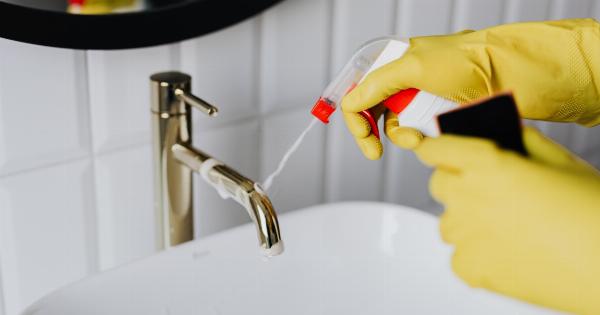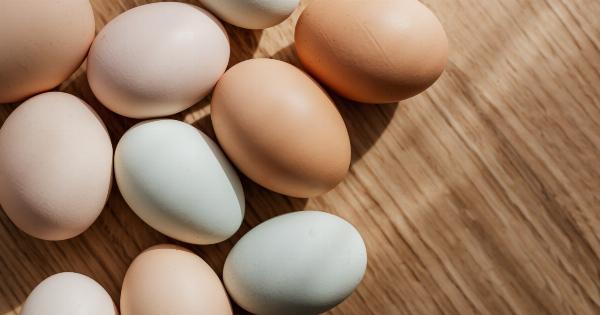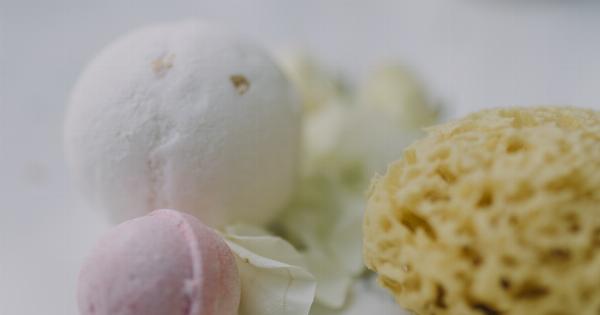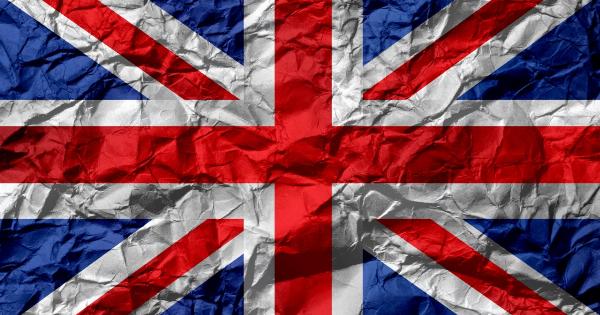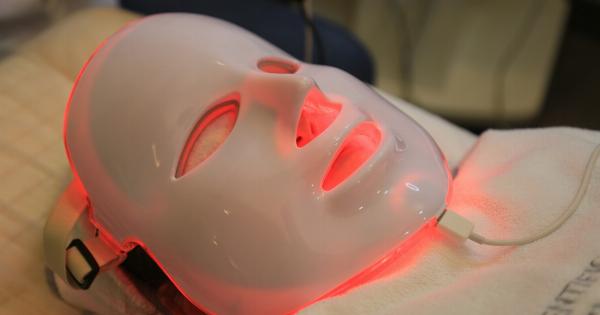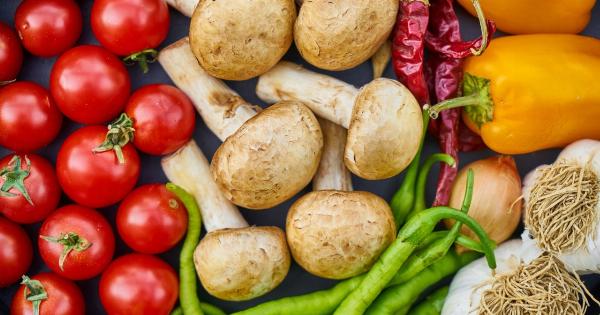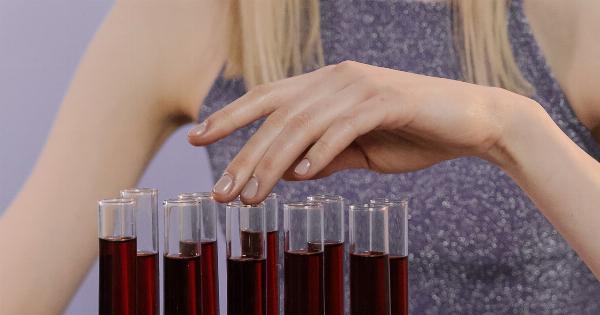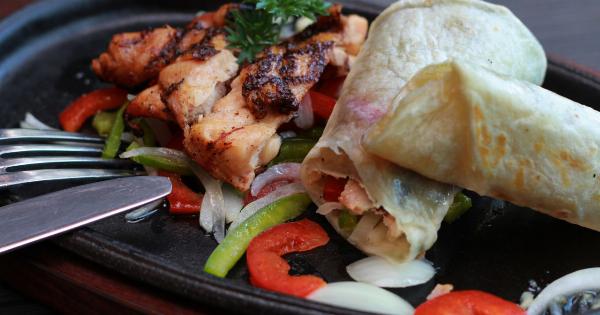When it comes to cheese and sausages, most people think about the delicious flavor and the tasty combinations they can make, but not many know the secret behind these mouthwatering foods.
Healthy bacteria plays a key role in making cheese and sausages better than ever before.
The Power of Bacteria
Before we dive into the benefits of healthy bacteria for cheese and sausages, let’s understand the role of bacteria in food processing.
Bacteria are microorganisms that can be found everywhere, and some of them are beneficial to human health, while others can cause diseases.
In the food industry, bacteria are used for fermentation, a process that transforms raw ingredients into flavorful and healthy foods.
When bacteria are added to food, they convert the natural sugars and starches into lactic acid, which changes the texture, flavor, and aroma of the food.
The Benefits of Healthy Bacteria for Cheese
Cheese is one of the most popular dairy products in the world, and it is made by adding bacteria to milk. Healthy bacteria play a crucial role in the following aspects of cheese making:.
Acid Production
When bacteria are added to milk, they produce lactic acid, which lowers the pH level of the milk. This acidic environment is necessary for the proteins in the milk to form curds, the solid part of cheese.
Flavor Development
The type of bacteria used in cheese making can significantly affect the flavor of the cheese.
For instance, the famous Swiss cheese is made using a type of bacteria called Propionibacterium shermanii, which produces carbon dioxide gas and gives the cheese its characteristic holes and nutty flavor.
Ripening
Cheese needs to be ripened to develop its full flavor and texture. During the ripening process, the bacteria break down the proteins and fats in the cheese, creating new flavors and aromas.
The length of the ripening process depends on the type of cheese and the desired flavor profile.
The Benefits of Healthy Bacteria for Sausages
Sausages are a beloved food around the world, and they have been around for centuries. They are made by grinding meat and stuffing it into casings, which can be made from natural or synthetic materials.
Healthy bacteria are essential for the following aspects of sausage making:.
Fermentation
When bacteria are added to the meat mixture, they start fermenting the sugars and other compounds in the meat, which creates lactic acid.
This acid lowers the pH level of the meat and prevents the growth of harmful microorganisms, making the sausages safe to eat.
Flavor Enhancement
The type of bacteria used in sausage making can significantly affect the flavor of the sausages. For instance, the famous salami is made using a type of bacteria called lactic acid bacteria, which gives the sausage its tangy and slightly sour taste.
Texture Improvement
The bacteria in sausages can also affect the texture of the meat. Some bacteria produce enzymes that can break down the connective tissue, making the meat more tender and juicy.
Conclusion
Healthy bacteria is an essential ingredient in making cheese and sausages better than ever before.
These microorganisms play a crucial role in the fermentation, flavor development, and ripening of cheese, as well as the fermentation, flavor enhancement, and texture improvement of sausages. So, the next time you enjoy a delicious piece of cheese or a juicy sausage, remember to thank the tiny bacteria that made it possible!.



